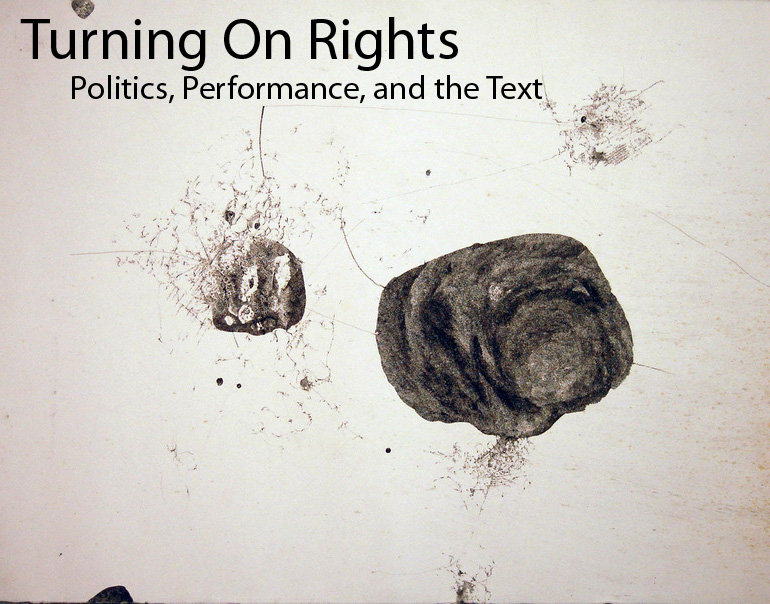HUMAN RIGHTS AND THE EIGHTEENTH-CENTURY MIND: OR,CONJECTURAL SAVAGES, FICTIONAL HUMANS AND THE PERFORMANCE OF RIGHTS
DOI:
https://doi.org/10.25071/1718-4657.36707Abstract
In 2004, historian Lynn Hunt published an article entitled “The 18th Century Body and the Origins of Human Rights.” Therein she argues that humanist experiences of the body that emerge with the penal reform movement of eighteenth-century Europe represent the origins ofthe concept of human rights as we know it today.Hunt’s primary concern is the emergence of a “rights possessing body” that causes a major shift in thinking around mid-century. In outlining this shift, she first illustrates how the rise in the popularity of portraiture during the latter half of the eighteenth-century functioned to“encourage the view that each person was an individual, that is, single, separate, distinctive and original” (Hunt 43). Hunt suggests that such a proliferation of “individuated bodies” lays the groundwork for a new kind of emotional experience requisite for modern human rights—a feeling of sympathy for someone else whose own autonomous body has been violated.Published
2010-04-17
How to Cite
Sodano, J. P. (2010). HUMAN RIGHTS AND THE EIGHTEENTH-CENTURY MIND: OR,CONJECTURAL SAVAGES, FICTIONAL HUMANS AND THE PERFORMANCE OF RIGHTS. ETopia. https://doi.org/10.25071/1718-4657.36707
Issue
Section
Articles

